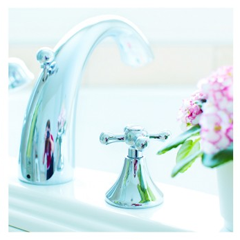The U.S. Environmental Protection Agency (EPA) has recently shared ten ways to effectively manage usage in laboratories. Developed by the Sustainable Facilities Practices Branch, the list includes:
- Metering and measuring to analyze a facility’s water usage and managing mechanical equipment for greater water efficiency. By doing so, facilities are able to prevent excess water usage caused by malfunctioning mechanical equipment.
- Optimizing cooling towers by controlling the ratio of the quantity of water evaporated to the quantity of water discharged.
- Using high efficiency plumbing fixtures including waterless urinals,low-flow toilets, and faucet flow control. These systems aid smarter water usage in facilities by avoiding necessary water usage.
- Eliminating single-pass cooling which uses a continuous flow of water that is circulated once through the system for cooling purposes and is then disposed of down the drain.
- Incorporating Xeriscaping or using water-efficient plants rather than water-intensive ones to minimize the need for irrigation.
- Using improved operational controls or retrofitting steam sterilizers to avoid unnecessarily discharging a continuous flow of tempering water down the drain.
- Diverting used aquatic culture back into bodies of water instead of sewers.
- Controlling reverse osmosis system operation and carefully regulating de-ionized water generation rates.
- Recovering rooftop rainwater and using it for flushing toilets, supplying cooling towers, irrigating landscape, and more.
- Recovering air handler condensate and then using it for cooling towers and other applications in and around the facility.



